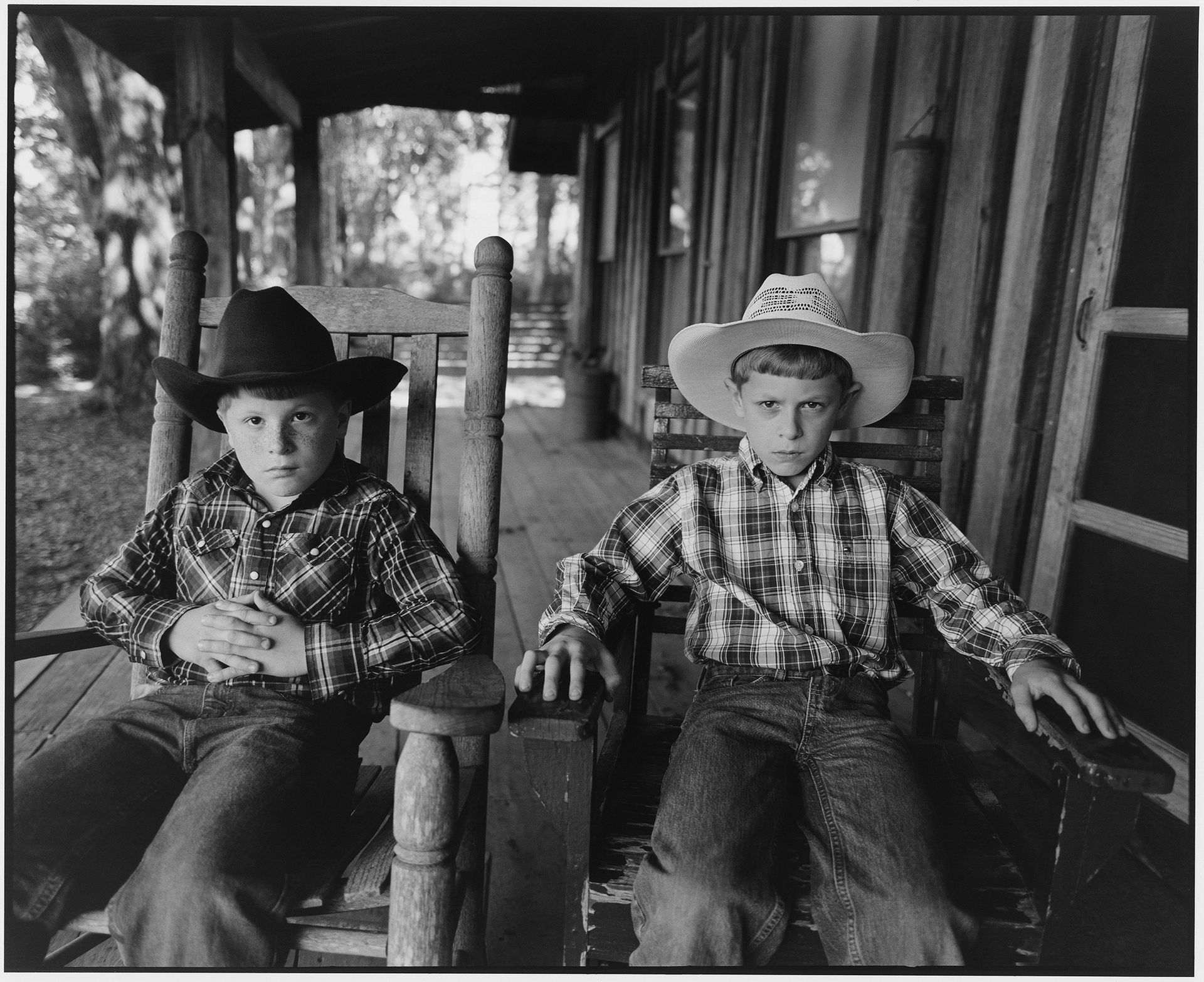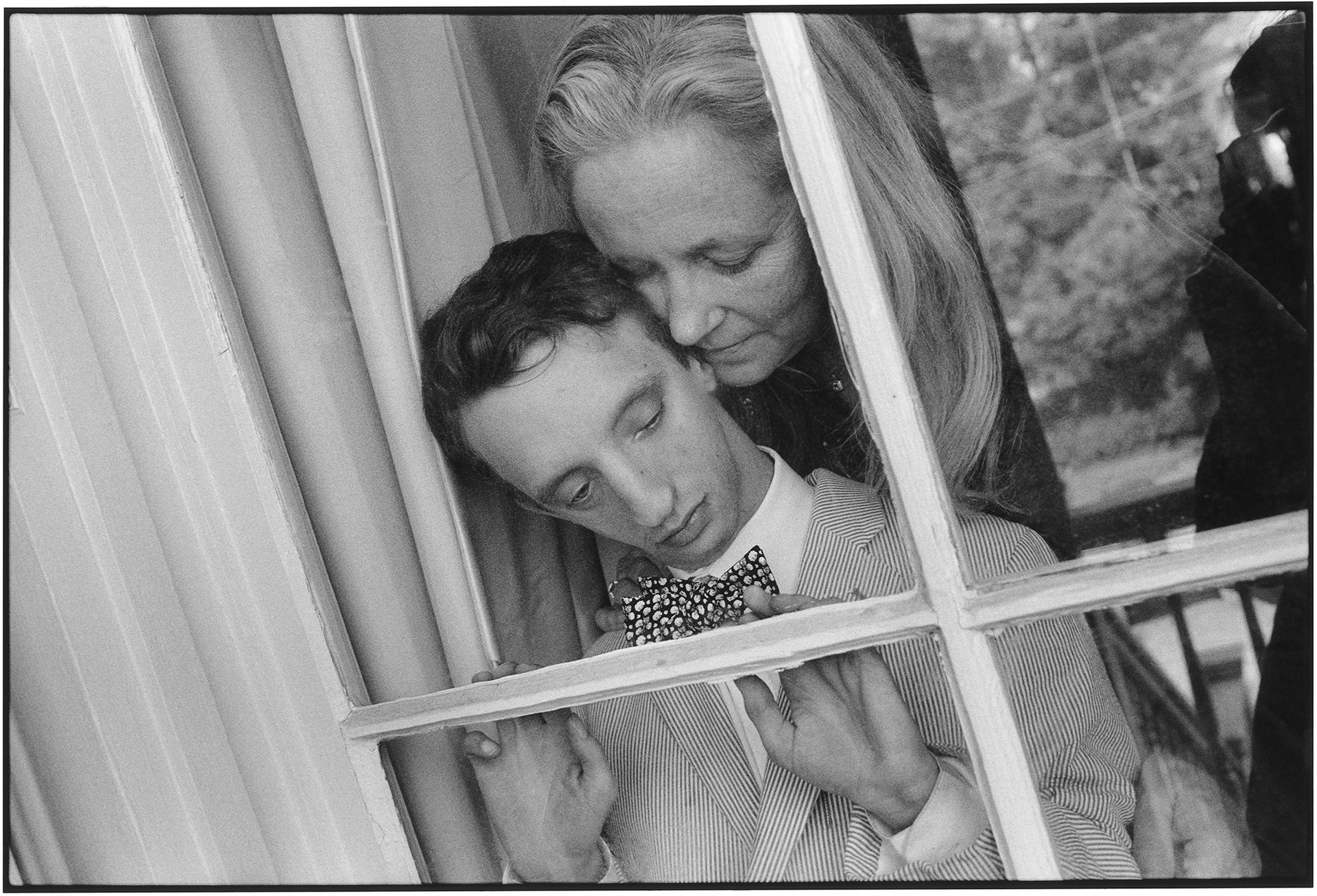Earlier this year, the photographer Mary Ellen Mark was commissioned by CNN Money to document New Orleans, ten years after Hurricane Katrina devastated the southern city. The assignment proved to be her last, before her death on 25 May from a bone marrow and blood disease, aged 75.
The series is on public view for the first time in a fittingly dilapidated row house on Governors Island—a former military base turned pedestrian public park off the southern tip of Manhattan—in an exhibition organised by CNN and the International Center of Photography (Picture This: New Orleans, open Saturdays and Sundays, until 27 September). Today, CNN launched an online exhibition, with in-depth stories behind some of the pictures.

The large-scale, black-and-white photos show individuals from across the city who were affected by Hurricane Katrina, many of them from the hardest-hit Lower Ninth Ward neighbourhood, with captions describing how they worked to rebuild their lives after the disaster. The show on Governors Island is installed in former officers’ quarters that were left abandoned for years, on walls that are missing wide patches of plaster, but in an otherwise clean and open space.
“When I visited the exhibition house for the first time, I knew that the distressed, peeling walls of the interior worked as a powerful reminder of much of what we had seen of New Orleans ten years after Katrina—a city still much in need of rebuilding,” says the curator Simon Barnett, CNN Digital’s director of photography.
The wall captions relate, and the online exhibition further fleshes out, the residents’ stories. There are the young boys in boxing gear at a Lower Ninth Ward community centre run by a local activist; the young mother and her children standing in front of a home that still has plywood covering its windows; the eight-year-old twins (a familiar subject for the photographer) who were once frozen embryos rescued from a hospital that lost power; the woman who volunteered to rehabilitate a traumatised dog, one of the 15,000 pets rescued by the Louisiana SPCA from the floods after their owners were told to evacuate without them.

A final assignment The project came about after Ed O’Keefe, the vice president of CNN Money and CNN Politics, was introduced to Mary Ellen Mark by his wife Allison, who is also a photographer. When the publication was considering how to cover the tenth anniversary of Katrina, “we thought of Mary Ellen”, O’Keefe says. “She made the world look at people from whom we normally turn away. She found beauty in scars, transcended race, and identity… We knew she could capture the rebirth of an American city, and a people surviving, thriving, growing, changing.”
Mark agreed to the assignment, although she was sick with myelodysplastic syndrome. “We pressed forward; she wanted to work, she wanted to photograph,” O’Keefe says. And so in April, Mark and her team spent “a blistering, non-stop week in New Orleans—18 shoots in less than ten days,” O’Keefe says. “She wasn’t well, but it didn’t show. She did laps around people half her age and twice her health.”
“I spent six days with Mary Ellen Mark in cars and restaurants and homes in Louisiana and Mississippi on this project,” Barnett says. “She was totally focused on the work and pushed hard during long humid days,” he says, adding “when she was locked in ‘shooting mode’, she was unstoppable”.
Mark died before she was able to return to New Orleans for a second trip in early June, but O’Keefe says that even while she was in the hospital, “she was looking at images and planning the next shoot”. There are currently no plans to tour the physical show or produce a catalogue, although the online display will remain up indefinitely.
For more info:

